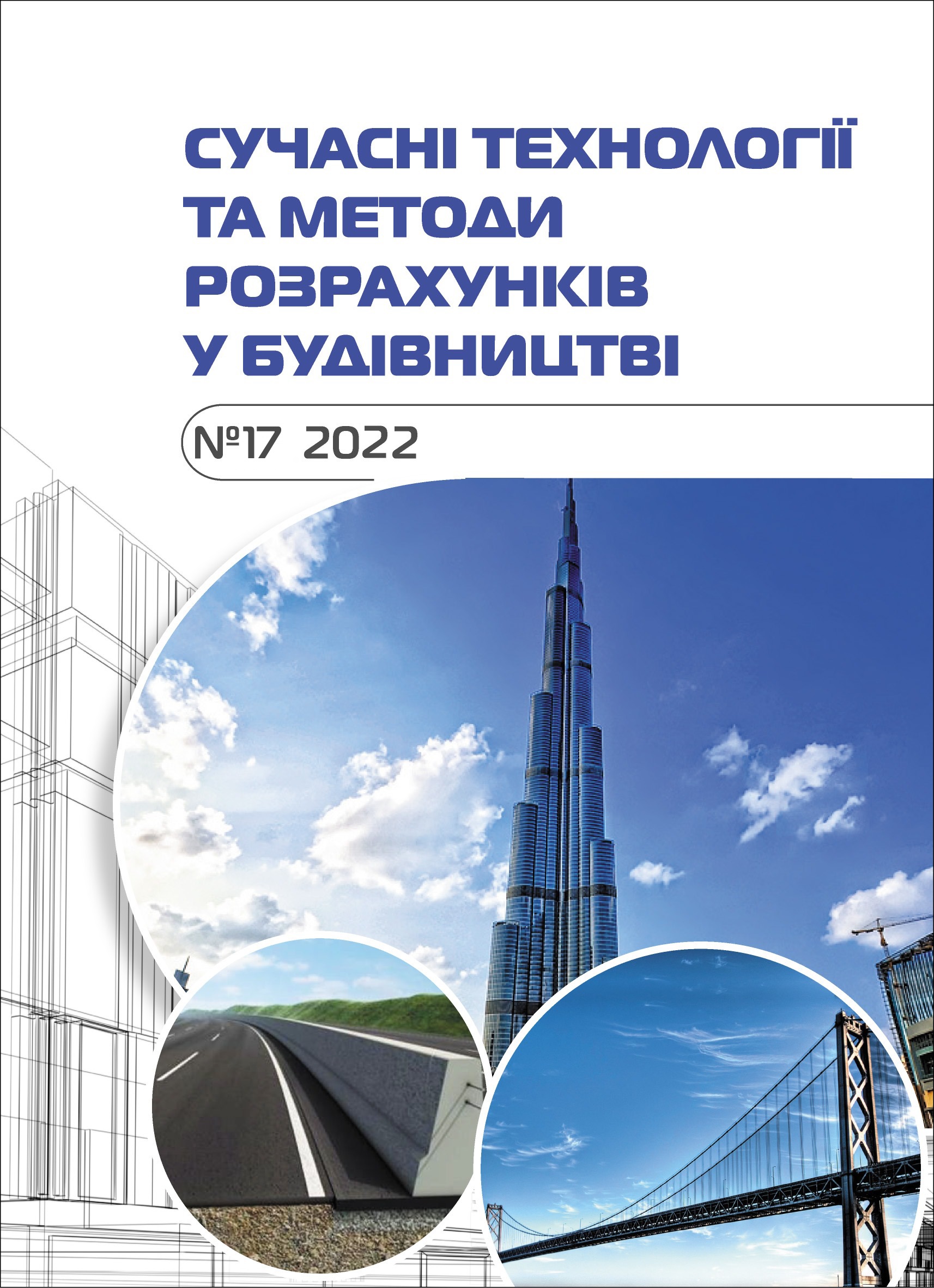Employment of shape memory alloys in building structures
Abstract
Shape memory alloys (SMAs) – are one of the newest types of materials, which is the next stage in the development of intellectual one. Shape memory alloys, after application and removal of a load, are able to recover significant deformations (6-8%) and return to their predetermined shape. The main properties of these alloys are the shape memory effect and the pseudoelastic effect. Such properties give memory alloys a promising position among damping design solutions for passive, semi-active and active control methods. Shape memory alloys are effectively used in civil engineering to increase the stability of the structure and to dissipate energy from external exciters, compared to the classic design of plastic hinges.
The use of rods made of shape memory alloys in beams effectively restores the shape after bending deformations (up to 27%), closes cracks (up to 14% of crack width), absorbs residual stresses (up to 4%) and energy (up to 50%). When used in large bridges, shape memory alloys effectively dampen the amplitudes of free fluctuations (63%) and torsion (18%), and fluctuations (58%) and torsions (17%) caused by a moving body.
Shape memory alloys are also used in energy dissipation devices. Form memory alloys are used as wires, rods, springs, plates and more. Wires are a simple and effective way to use shape memory alloys in energy dissipation devices. To simplify calculations and create predictable behavior in structures, a prototype has been developed that causes the tensile element of the memory to form exclusively tensile stresses. The possibility of pre-tensioning the shape memory alloy in such devices eliminates functional fatigue and the possibility of residual deformations.
The study of the behavior of shape memory alloys in different types of structures under different operating conditions continues.








